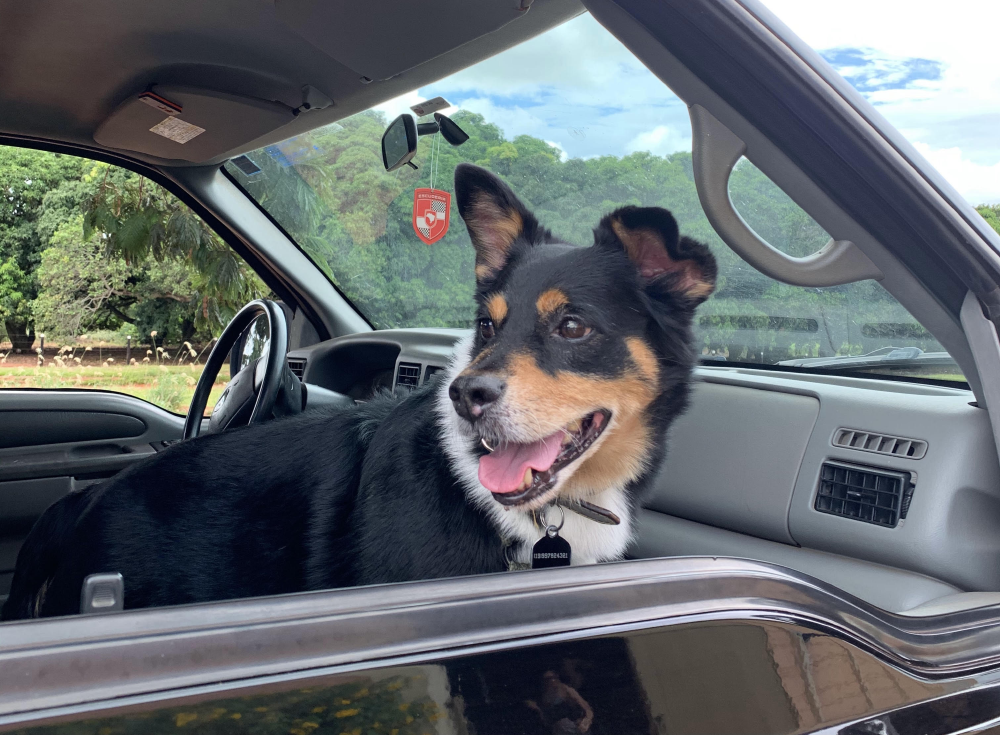From challenges come innovations … and this past year, we had plenty of both. As lockdowns, social distancing, and reluctant clients rendered veterinary office visits difficult to manage, telemedicine emerged as a viable option. Although helpful, not all issues could be addressed virtually. And many people struggled with balancing their aversion to being out in public with the effective treatment of their beloved pets.
Veterinary curbside care evolved as a hybrid of in-office visits and telemedicine. With a curbside care treatment model, veterinarians could physically see a patient, without requiring the client to ever step foot in the waiting room, let alone get out of their car.
For most clients, patients, and veterinarians, this new treatment model has been a win-win-win. And technology can help make it easier to manage. Here are ways that technology in general – and NaVetor’s cloud-based software in particular – can successfully facilitate curbside care.
- Make things easy on front desk staff by color-coding curbside appointments in the appointment calendar and staggering them throughout the day to allow for ample parking and minimized wait times. You can also prepare detailed appointment notes in the calendar for staff members.
- Post frequent website and social media updates regarding reminders, hours of operation, new policies and procedures, and the steps for curbside visits. Hosting a Q&A session on Facebook Live is a great way to alleviate concerns. Provide clients with a checklist for the process, as well as all contact information, to emphasize the open lines of communication.
- Develop a system for text-messaging appointment reminders, arrivals, and updates. NaVetor has built-in capabilities for email and text reminders, and a full suite of client communications through ePET, which integrates beautifully with NaVetor. Patterson’s ClientHQ service allows veterinary practices to customize text messages and other electronic communications to facilitate smooth curbside care appointments.
- Use video chat capabilities while in the exam rooms or a web-conferencing platform to keep clients informed throughout the examination. They’ll feel like they are right in the exam room with you! You might consider adding a camera and screen in each exam room, so clients can be virtually present with their pets.
- Use practice management software and a credit card processor to facilitate curbside payment quickly and efficiently. NaVetor’s mobile app works well on phones and tablets, allowing you to conduct appointments from check-in to check-out, schedule follow-up visits, and accept credit card payments curbside (automatically entering those transactions into your software rather than requiring double entry).
- Use checklists, process maps, and flow charts for staff and clients to help identify each step of the plan. NaVetor’s Treatment Sheets are especially helpful with this, keeping everyone on the “same sheet.” Along those lines, ensure the departure process is seamless with payment, treatment plan recommendations, and scheduling of follow-up visits.
Since the curbside care model has unleashed a new convenience (like grocery pickup and restaurant delivery) for so many people, it is likely here to stay. Going forward, implementing these tips, along with NaVetor’s other integrations, will help maximize efficiency and patient care during a curbside appointment. NaVetor simply makes life easier, so that your practice is as healthy as your patients. Learn more about the features that can best help your curbside care model.

